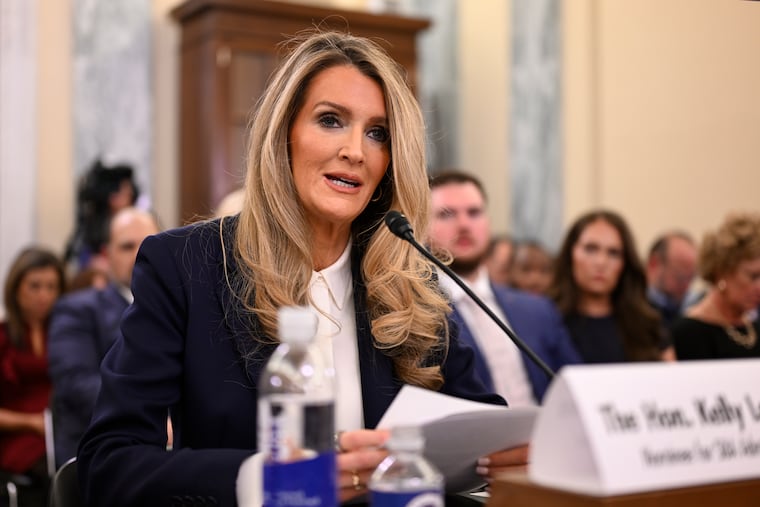The Florida Wildlife Corridor celebrates 15 years, emphasizing its increased importance for conservation efforts and wildlife protection in the state.
In a remarkable testament to wildlife resilience, a Florida panther may traverse an astonishing 400 miles from the Big Cypress Swamp in the state’s southwest to the Okefenokee Swamp, located along Florida’s northern border with Georgia, without human detection. While no documented instances of such a journey exist, evidence indicates that these large mammals are capable of long-distance travel as they seek new habitats.
Historically, Florida panthers roamed much of the southeastern United States. However, current estimates suggest their population has dwindled to approximately 200 individuals, with their breeding range now largely confined to the southwest of Florida. Occasionally, young male panthers venture northward to escape competition from dominant adult males, with tracks noted near Okefenokee. One notable panther almost reached Atlanta before being tragically shot by a hunter.
The significance of expansive habitats is underscored by the Florida Wildlife Corridor, a network of interconnected ecosystems that has enabled wildlife to thrive despite human encroachment. Celebrating its 15th anniversary this year, the corridor is an evolution of conservation initiatives that began in the 1980s and 1990s, when researchers mapped existing and proposed conservation areas across the state.
Spanning approximately 18 million acres—about half of Florida—the corridor offers crucial wildlife habitat, facilitated by legal protections that safeguard 10 million acres from development. These areas include various public conservation lands and private conservation easements that prioritize sustainable land usage compatible with wildlife needs.
Despite significant conservation achievements, the ongoing population boom in Florida—currently about 300,000 new residents annually—poses ongoing challenges. Approximately 60,000 acres of habitat are lost each year due to development pressures, particularly intensified since the mid-20th century as South Florida transformed into a densely populated region.
The Florida Legislature has demonstrated bipartisan support for land preservation initiatives. The latest legislative action includes the Florida Wildlife Corridor Act, signed into law by Governor Ron DeSantis in June 2021. This law recognizes the corridor’s vital role in Florida’s ecosystem and economy and directs significant funding for future conservation programs.
The lessons learned from the Florida Wildlife Corridor may serve as a blueprint for other states facing similar challenges in wildlife and habitat conservation, highlighting collaboration among scientists, public agencies, and the community. As Florida continues to evolve amid population pressures, the commitment to safeguarding its wildlife and natural resources remains imperative for future generations.






